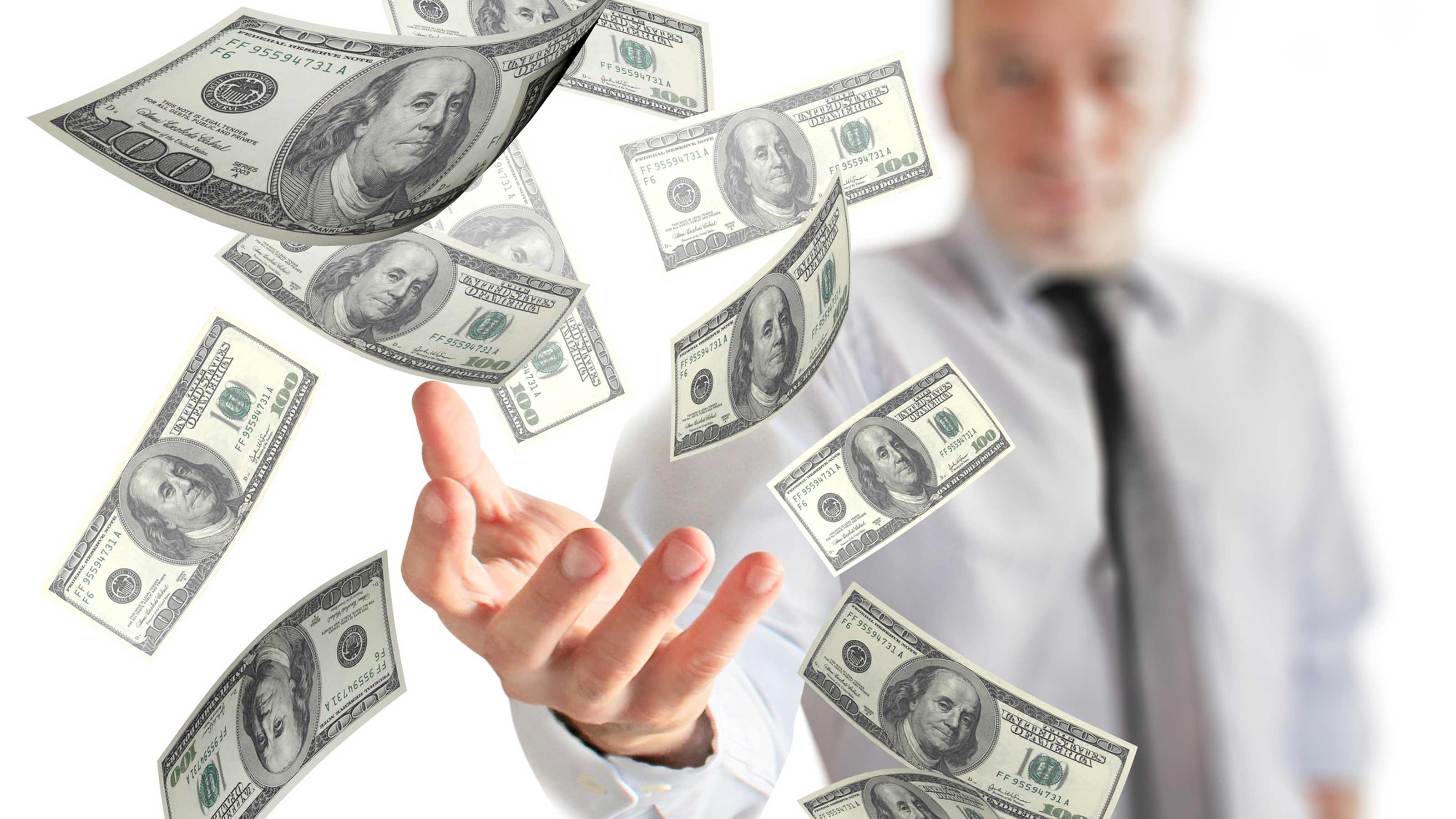How to Make the Most of Your Tax Refund in 2022
Splurging may be fun, but if you really want to treat yourself, here are two smart places to start. (Hint, they’re not as fun, but they will pay off in the long run.)


Despite the tediousness of filing taxes each year, for a large percentage of the population, receiving a tax refund can make it worth the trouble. In 2021, the IRS issued 129 million refunds with the average tax refund sitting at $2,873. While it is easy to view a tax refund as free money or a reward, it is important to remember that it is your hard-earned money that was withheld from your paychecks throughout the year.
With the 2022 tax season winding down, deciding what to do with your tax refund is around the corner. With the current state of the economy and a rising cost of living, it is as important as ever to put your tax refund to good use. And while there are many different ways to spend or invest your refund, paying down credit card debt and contributing to your emergency fund are two options to consider to make the most of your refund this year.
Pay Down Your Credit Card Debt
Inflation has been a trending topic leading into 2022 and recently hit a 40-year high of 8.5% in March. In an effort to combat inflation, the Federal Reserve has proposed a number of interest rate hikes throughout the year. The first spike arrived mid-March, raising federal interest rates by 25 basis points and increasing borrowing costs. Most credit card APRs are tied to the federal funds rate, therefore, when federal interest rates increase, so do credit card interest rates.

Sign up for Kiplinger’s Free E-Newsletters
Profit and prosper with the best of expert advice on investing, taxes, retirement, personal finance and more - straight to your e-mail.
Profit and prosper with the best of expert advice - straight to your e-mail.
Variable credit card rates currently sit around 16.34%, and this is likely to increase based on the Fed’s interest rate raises throughout 2022. With that being said, using your tax refund to pay down debt on your credit card could be a wise decision. With Americans carrying an average of $5,525 in credit card debt, putting a sum of money toward your balance could offer relief, lower your minimum payments and help you to avoid costly interest payments as the Fed continues to raise rates periodically.
Additionally, your credit utilization, meaning the percentage of your outstanding balance to your total credit limit, accounts for up to 30% of your credit score. Due to the economic volatility we’ve seen so far this year and will continue to experience for an unprecedented period of time, it is essential to focus on improving and maintaining your credit score and relinquish as much debt as possible.
Build an Emergency Fund
The pandemic depleted many Americans’ savings, and many are still feeling the financial impact. According to Bankrate's July 2021 Emergency Savings Survey, 51% of Americans had less than three months of expenses covered in the emergency fund. This means that the majority of Americans have no safety net for unforeseen circumstances and emergency expenses, such as a job loss or a health emergency. Furthermore, those who do have an emergency fund often don’t have enough saved to cover their living expenses and stay afloat until they can secure another source of income or build back their depleted cash after covering their unexpected costs.
Starting or building up your emergency fund is more important than ever in these uncertain and unprecedented times. Putting a portion your tax refund toward this can help to ease some stress and keep you protected during unpredictable events. Emergencies hit when we least expect them, which often means turning to credit cards to cover the costs. If you have an emergency fund, you will be less likely to resort to your credit card in a time of need. This could help you avoid going further into debt, avoid costly interest payments and get you back on your feet financially.
While lifestyle and expenses vary among Americans, it is recommended to set aside a minimum of three to six months of living expenses. By using your tax refund to bulk up your emergency savings, you will increase your financial cushion and have insurance in your ability to pay for future expenses. And while many people believe they can’t afford to contribute to an emergency fund, if the past few years have taught us anything, it is that you actually can’t afford not to.
Focus on Your Financial Wellness
While there are many different ways to use your tax refund, using it to pay down credit card debt or build an emergency fund is always beneficial, especially now in the current state of the economy. Contributing to your emergency fund and paying down your credit card debt are simple yet effective ways to prioritize your financial health, and, in turn, your overall wellness.
If you are in a position where you are comfortable with your emergency savings and you don’t have a lot of debt to manage, there are a number of other ways to put your tax refund to work. While it’s always nice to treat yourself to something nice with your refund, putting it toward your savings, retirement, a purchase or repair you have been avoiding or diversifying your investment portfolio are all powerful ways to make the most out of your refund. All in all, using your tax refund wisely is an investment toward building a better financial future.
Get Kiplinger Today newsletter — free
Profit and prosper with the best of Kiplinger's advice on investing, taxes, retirement, personal finance and much more. Delivered daily. Enter your email in the box and click Sign Me Up.

Josh Sailar is an investment adviser and partner at Blue Zone Wealth Advisors, an independent registered investment adviser in Los Angeles. He specializes in constructing and managing customized advanced plans for business owners, executives and high net worth individuals. He holds the designations of Certified Financial Planner (CFP®) and Certified Plan Fiduciary Advisor (CPFA), the FINRA Series 7, 63, 65 licenses, as well as tax preparer license.